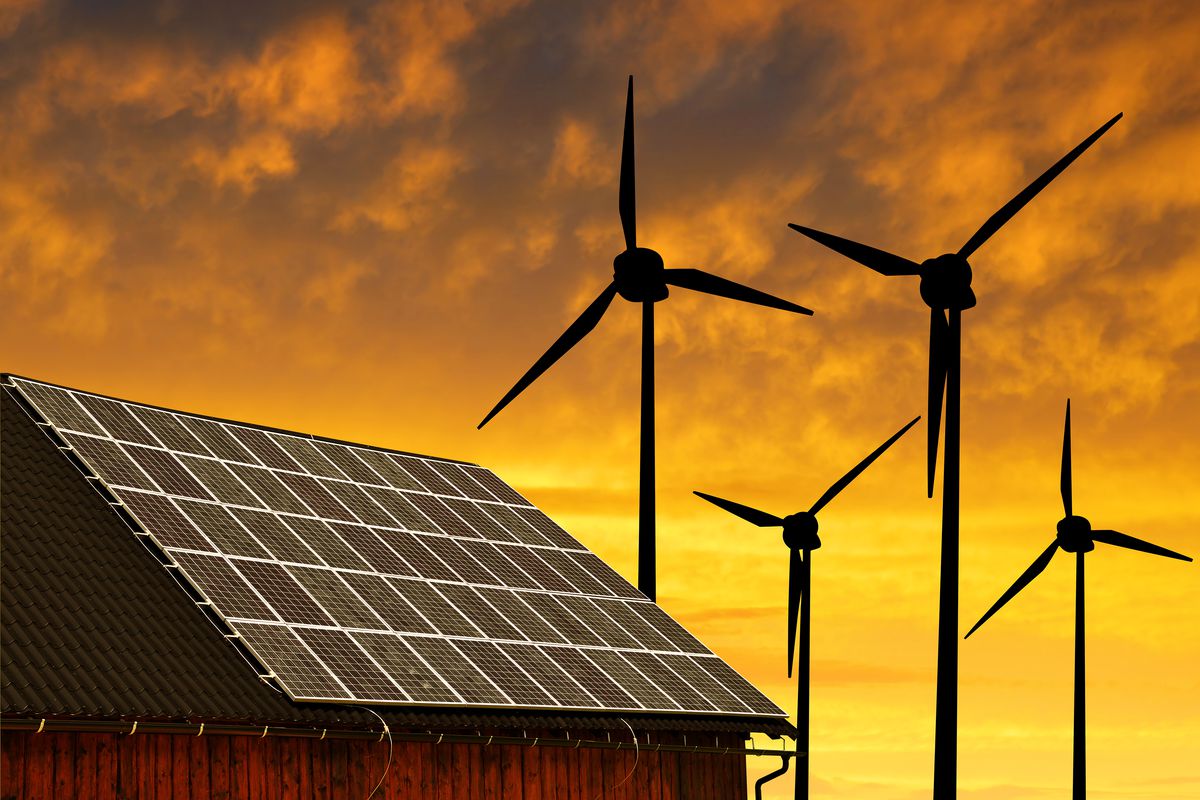Renewable power, when it isn’t sunny or windy
- India aims to achieve net-zero greenhouse gas (GHG) emissions by 2070, aligning with its commitments under the Paris Agreement.
- Renewable energy (RE) is central to this goal, with a target of adding 500 gigawatts (GW) of RE capacity by 2030.
Current Status of Renewable Energy
- India has made significant progress, adding 72 GW of solar and 44 GW of wind power capacity, alongside 32 GW of commercial and industrial (C&I) capacities.
- Long-term power purchase agreements (PPAs) with state discoms have characterized these arrangements.
Factors Driving Growth in Renewable Energy
- Must-run status for RE projects has ensured uninterrupted power evacuation.
- Favourable policies and incentives such as late payment surcharge waivers and renewable purchase obligations have supported growth.
- Capital cost reduction, increased competition among independent power producers (IPPs), and foreign investments have also played crucial roles.
Challenges and Solutions
- Storage capacities and deeper power exchanges are essential for achieving the 500 GW target.
- Growing power demand post-pandemic, especially during peak hours, necessitates innovative solutions.
- Peak demand is expected to grow from 240 GW in FY24 (year to date) to 285 GW in FY28.
- Plain vanilla solar or wind projects with long-term PPAs are increasingly favoured to meet demand, with recent bids focusing on hourly demand matching.
Role of Storage Solutions
- Combination of solar, wind, and storage, such as battery or pumped hydro, is crucial for meeting demand variations.
- Over-sizing projects to store excess generation during the solar and wind hours is essential.
- Pumped hydro presents a cost-effective storage option, while battery storage holds promise with falling capital costs.
Market Dynamics and Merchant Sales
- Selling excess generation to commercial and industrial consumers or power exchanges is also a viable option for addressing the excess generation.
- However, developing vibrant power exchange markets is necessary, with potential for increased merchant sales.
- Structures ensuring guaranteed floor prices can enhance project bankability and competitiveness.
Implications for Green Hydrogen and Future Outlook
- Building capabilities for RTC green energy could also help meet India’s ambitious green hydrogen targets.
- Cost competitiveness and storage solutions are critical for the viability of green hydrogen projects.
- Without robust storage solutions and a mature exchange market, India may struggle to meet its ambitious RE and green hydrogen targets.


